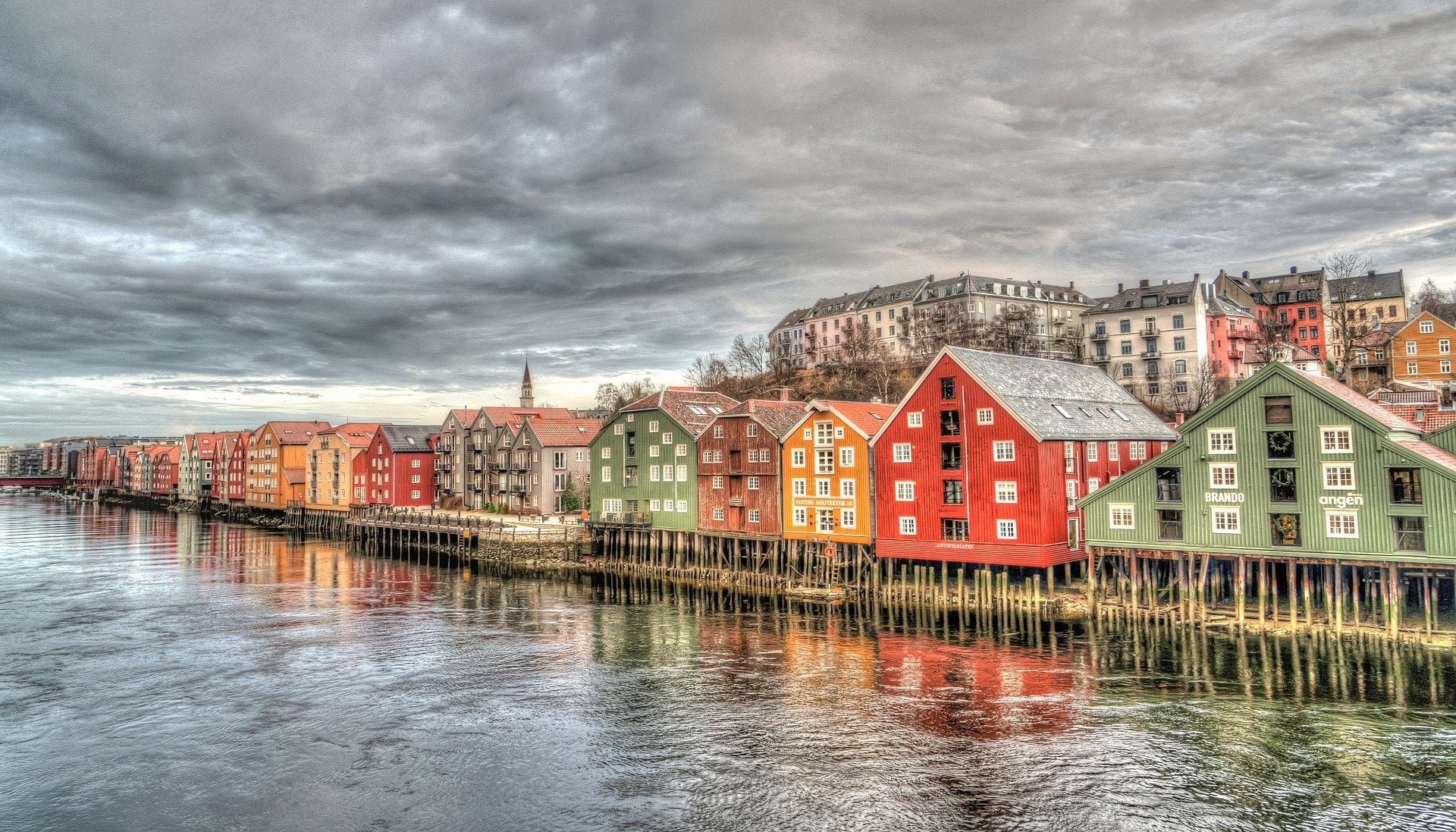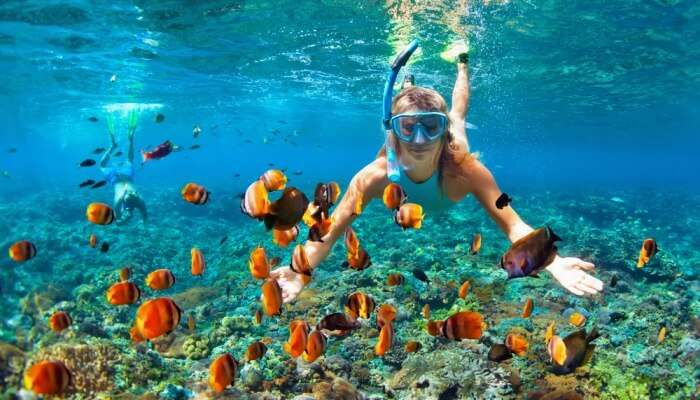
10 of Norway’s top tourist attractions
When dreaming of Norway tour packages, it is easy to imagine Vikings and picturesque fjords looted. However, this nation of the summer sun, including picturesque waterfront, well-preserved wooden churches, and walking trails, offers a great deal more than this. Quaint medieval towns full of modern facilities await discovery. A summary of Norway’s main tourist attractions:
- Geirangerfjord
Possibly it is fjords, Norway’s most popular tourist attractions. Geirangerfjord, situated in southwest Norway near Ålesund coastal area, is one of the most spectacular of these fjords. Geirangerfjord is a natural marvel of deep blue waters, more than 15 kilometers long, surrounded by majestic cliffs and lush green mountains, over 1000 m high. Add some amazing water cases and luxurious farmland with picturesque farmsteads to the magnificent landscape.
- Bryggen
The visits to Bryggen, an informal museum that doesn’t look like a museum, can be appreciated by travelers who get “museum.” The waterfront is typical buildings with boats connected to the sea of Bergen, only a few feet offshore. The scene is so picturesque that visitors can easily overlook that, for 400 years, Bryggen was part of the Hanseatic League, and was related to the importance of Bergen as a trade center. Today, traders may take shops in stylish shops, visit artisan studios or eat in an enclosed lane.
- Heddal Stave Church
The Church is the largest stave church in Norway, with three ships proudly standing against the sky. In the 13th century the church, entirely wood, was constructed; in three days five farmers built it according to local legend. The church is also used for weddings and Sunday services in the summer months following restorations in the 19th and 20th centuries. The church is dedicated to the Virgin Mary, located in Notodden.
- Viking Ship Museum
The Vikings sailed the north seas many centuries ago and were filled with striking fear in the heart of the region. Today, tourists need not be afraid of seeing any of these terrorist ships as some of those great ninth-century ships will display the Viking Ship Museum in Oslo. The list includes Gokstad, Oseberg, and Tune ships, including two of the world’s best-preserved timber ships from that period. The best-preserved Oseberg ship was discovered on a farm near Oseberg in a burial mound. In the museum, textiles, tools, household artifacts, and articles from Viking tombs are displayed.
- Jostedalsbreen Glacier
The best definition of the Jostedalsbreen Glacier is probably Ice and Scenic, Europe’s largest glacier. The Jostedalsbreen Glacier National Park is located in southern Norway. Some, several years earlier, locals will be able to cross the glacier on foot, maybe to herd animals on their way to the market. Walking and glacial skiing are permitted, but sportsmen must be well trained, as both can be hazardous. The way to take one of the park walking tours is much better and equally stunning.
- Nordkapp
Nordkapp or Northern Cape is a must for those who want to wind up under the sun at midnight, as between 14 May and 29 July there is never sunset. It is linked with the international road network at the northernmost point in Europe. Since Nordkapp is situated on the far north of the Arctic Ocean and is about 300 meters above sea level, it attracts approximately 200,000 visitors per year. Nordkapp has spectacular views and plenty of walks under the Arctic sun or puffins in its natural habitat.
- Nidaros Cathedral
In 1066, the Vikings had taken charge of the construction of the Nidaros cathedral in Trondheim, when William the Conqueror was busy conquering the UK. Almost 1,000 years later the cathedral is the oldest church in Norway and the largest in Scandinavia. In honor of the Viking chief Olav, later a king and a saint were founded cathedral. Olav was killed in a war in the vicinity of Trondheim in 1030 and his nephew started to construct Nidaros Cathedral in 1066 to house his body. The body had effectively ended in 1090. The cathedral was soon to be an important destination for pilgrimages to Norway.
- Voringfossen
The Vøringfossen is the most prominent waterfall in Norway and cascades in a series of drops, down 180 meters (600 feet), but only the 83rd highest in Norway. In Mabodelen, a thin valley between Oslo and Bergen is Vøringfossen. Vøringfossen Tourist tourists to Vøringfossen have been almost 200 years; guests had to walk 1500 steps to their accommodation in a hotel built-in 1880. The top nowadays is easier to hit, but dropping is not as strong as it was once because of an upstream power plant.
- Urnes Stave Church
Urnes Stavksyrkje or Urnes Stave Church is a medieval church that is still standing after 900 years and combines many architectural styles. However, the construction material used in this church is remarkable: wood, not conventional stone. The Celtic, Viking, and Romanesque cathedral, situated on the west coast of Norway, is majestically located in the forests. Urnes, which was built in the 12th century, is one of 28 staves (wooden) churches and one of the oldest churches in Norway. Pre-Christian Norse culture is associated with medieval Christianity by artifacts.
- Roros
The copper mining industry Roros is a good place to learn how this happened a few centuries ago. In the 17th century, copper mining began and lasted more than 300 years, until 1977. The city has approximately 2,000 wooden buildings, conserved in their black condition, with a medieval look. Roros Copper Works established the town itself in 1646. The old mining operation, including the remains of a smelter, is surrounded by farmlands. The city is on the Winter Transport Road that moved people and goods using frozen lakes, streams, and rivers.








